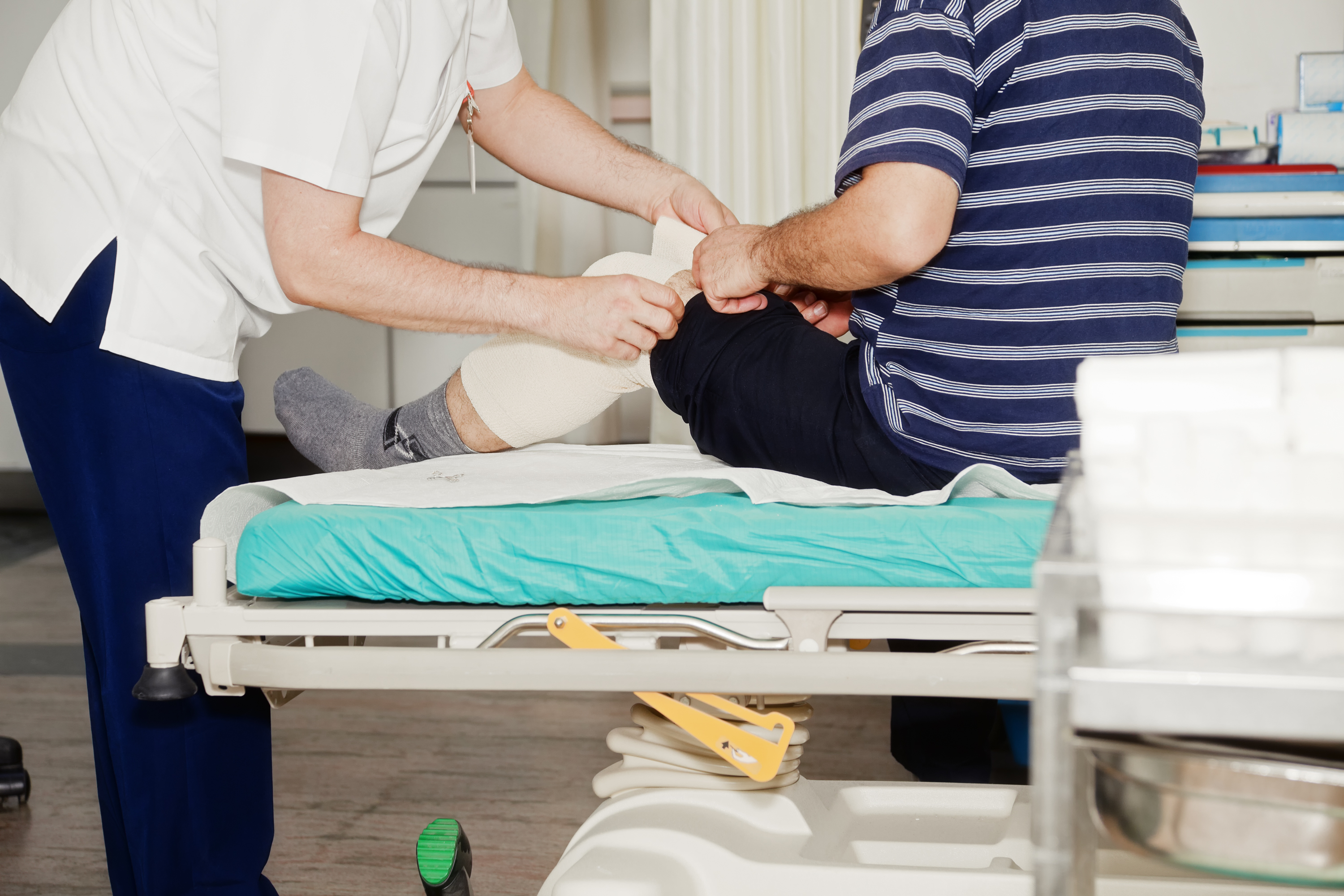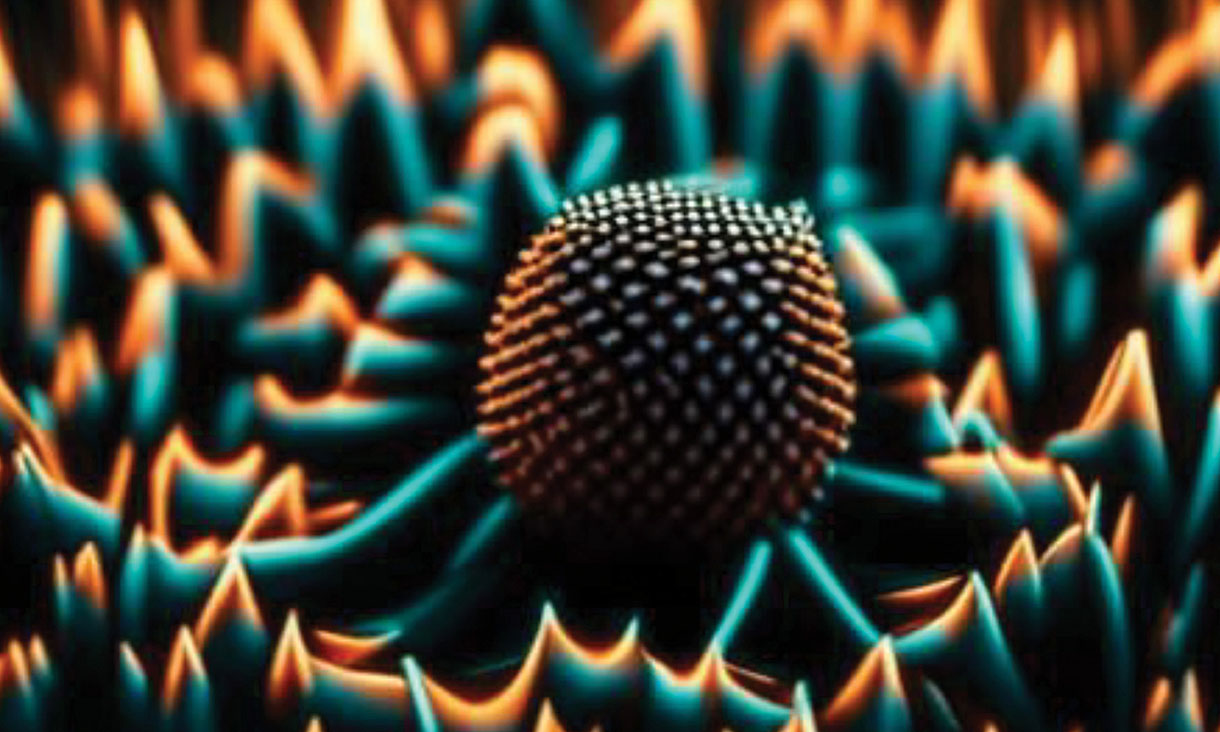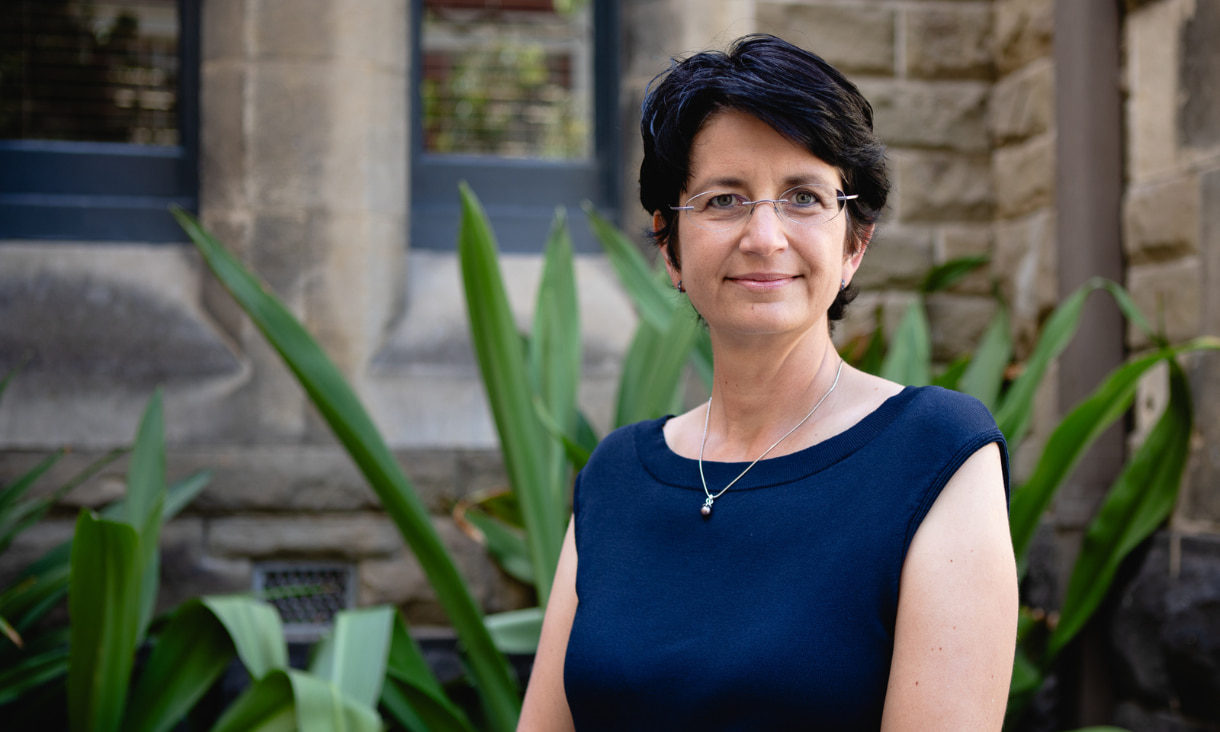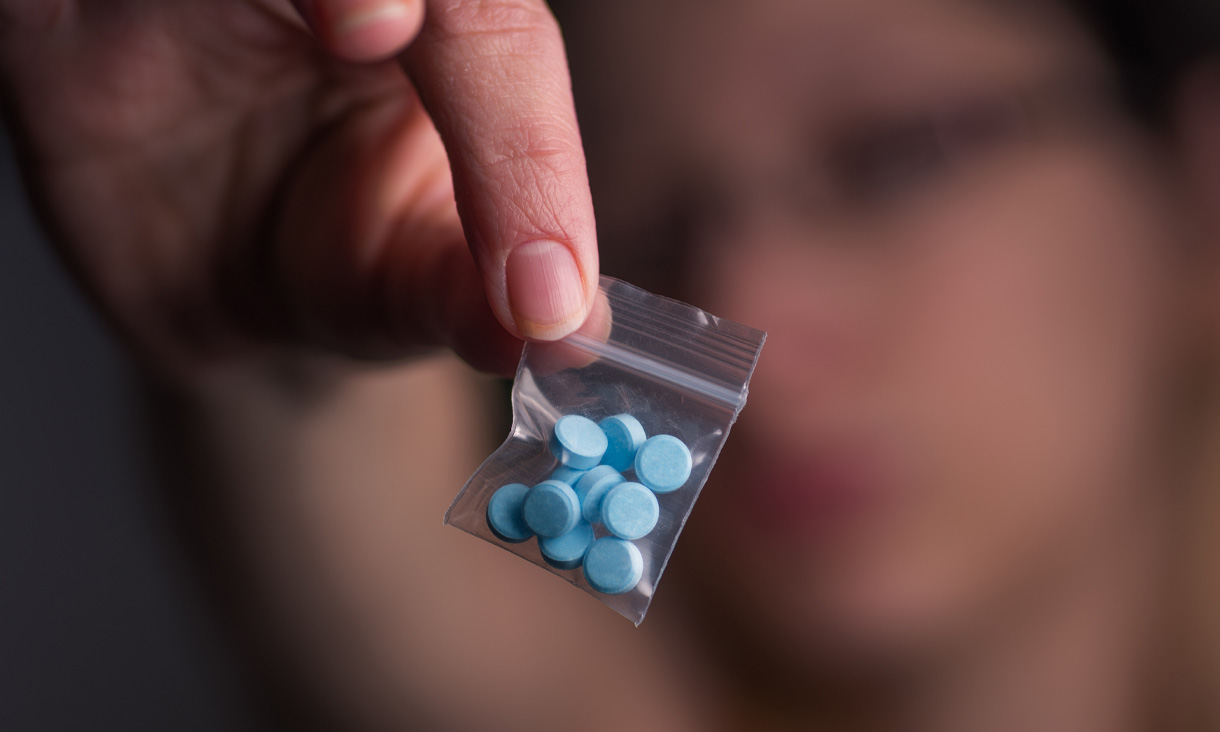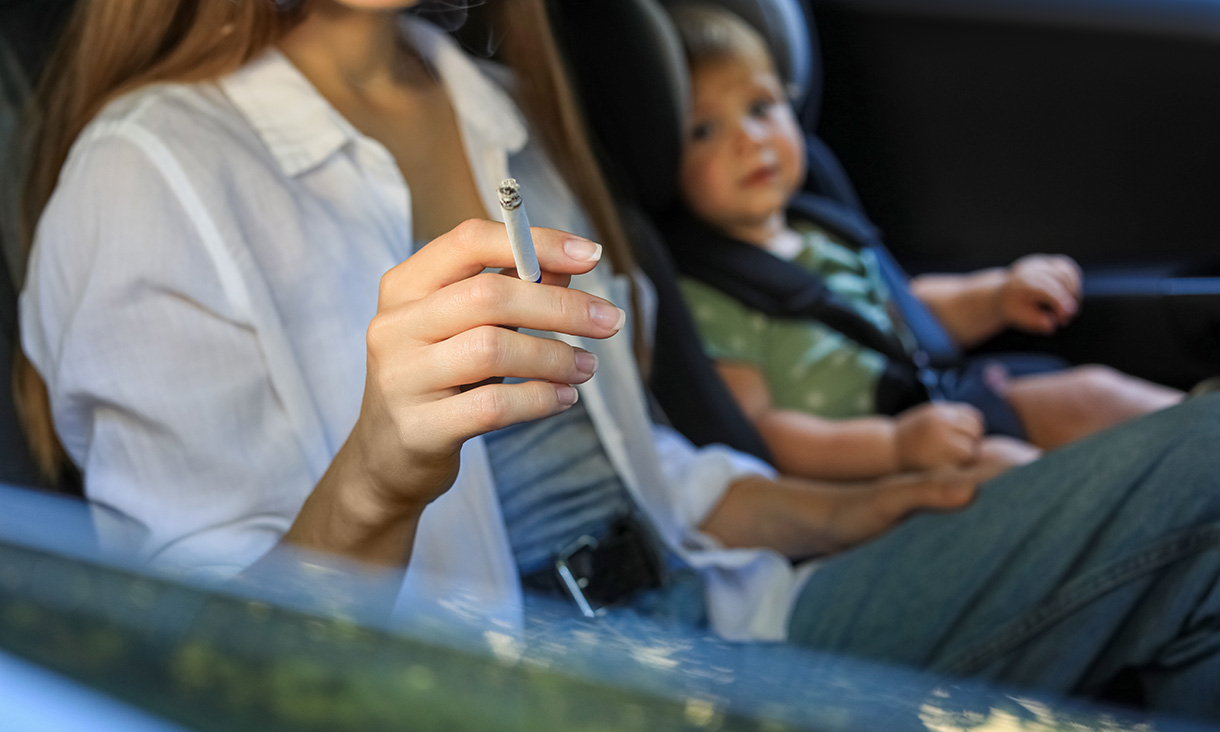Nearly half a million Australians suffer from chronic wounds, which cost the nation’s health system about $3 billion each year. Untreated chronic wounds are the leading cause of limb amputation.
The Bolton Clarke Research Institute and RMIT are working to evaluate whether thermal imaging techniques can help predict which leg wounds caused by poor vein function will not heal as quickly as they should.
Previous research by RMIT biomedical engineers used the technique to predict the healing of foot wounds in people with diabetes.
The new project, funded by Trajan Scientific and Medical, has built on that work with a focus on leg wounds.
Bolton Clarke senior clinical nurse advisor Kylie Elder said leg wounds happened more often in older people and the associated pain and discomfort could stop people going out and doing the things they wanted to do.
“We know that many people don’t seek help for their wounds until they have had them for quite a while, which then makes the wounds harder to heal,” she said.
“They also may take a long time to heal and lead to complications like infections and needing to go to hospital.
“Wound warning signs include pain and heat, odour, excess fluid and slow healing.
“A big problem in wound care is that it is hard to know which wounds won’t heal as expected and so need more help to heal better.”
Venous leg ulcers, which don’t heal because veins don’t efficiently bring the blood back to the heart, are the most common type of leg wound and can cause swelling in legs and other problems.
Eighty Melbourne-based Bolton Clarke clients with venous leg wounds were involved in the research over 10 months.
Clients had normal and narrow band imaging photographs analysed using the RMIT purpose-built proprietary analysis software, with information also be collected on treatments that make a difference to healing.
How the imaging works
Narrow band imaging techniques take photographs with up to 100 colour channels.
These images can help measure wound temperature and provide accurate information about the chemistry of wounds, including whether inflammation is present, something normally only found through pathology tests.
The research, set to be published later this year, will allow health professionals to identify slower healing wounds early and provide additional help to speed the healing process.
Leader of the Biosignals for Affordable Diagnostics research group in the School of Engineering, Professor Dinesh Kumar, said thermal imaging can show the true health of a wound but the images can be very difficult to interpret.
“Many wounds heal naturally, and are best left undisturbed, but chronic wounds need to be managed as early as possible,” Kumar said.
“The method we developed enables the easy analysis of thermal images and connects them to the healing trajectory.
“The technology gives clinicians the means for early stage detection of a chronic wound, enabling them to see which wounds need attention and which ones can be left to heal naturally.
“With this tool, clinicians can start treating chronic wounds early and reduce the trauma for patients.”
Trajan Scientific and Medical CEO Stephen Tomisich said: “Continued development of these innovative scientific techniques produces more meaningful information to help the wider community proactively manage their health.”
July 15-21 is Wounds Awareness Week, encouraging greater awareness of the symptoms and impact of chronic wounds and the need for early detection.
People with concerns about a wound are encouraged to speak to their doctor early to ensure best results.
Story: Gosia Kaszubska
